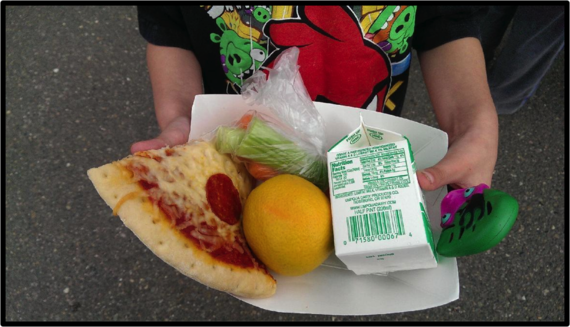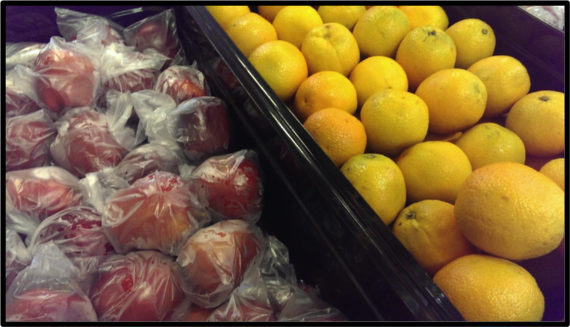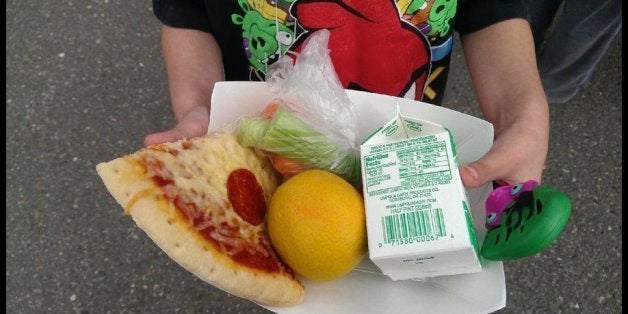
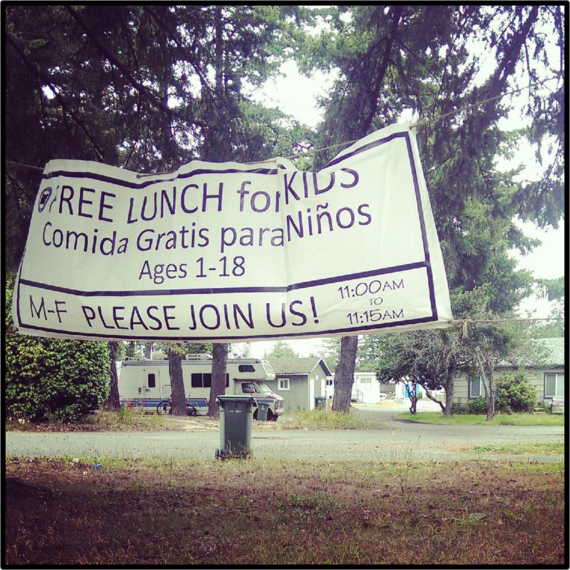
Part of the fun of a road trip is the stops you make along the way. Those are the memories, right? I have little fondness for the time I spend in the car during long trips. Growing up in Michigan, the only car trip we really ever took was to visit my dad's family in southeastern Kentucky -- a straight shot south down I-75. One road; sometimes there were trees to look at.
I must admit, I've been slowly swayed over the past eight years by Oregon's dramatic natural beauty. Last week, I headed out on I-5 south toward Coos Bay and looked forward to what I would see. You know when you're headed south, by the way the fields and grass seed farms give way to foothills that rise and fall with proud evergreens. This all changes when you get to OR-38W, a road that runs through what were once small logging towns that lie among the few remaining trees. Half way to the coast the road meets up with the Umpqua River that snakes you along to the coastal highway. From there until Coos Bay, on this sunny day, my only job was to keep my eyes on the road and off the gloriousness of shoreline.
Before last week, North Bend was as far south I'd been on the Oregon coast. Unless you're driving behind a R.V., the towns are only separated by a ten-minute drive, but they feel quite different. With no ocean shore, Coos Bay seems more secluded on the whole. From what I know of the two towns I know they share struggles, particularly too few jobs, which in many cases means the residents of both communities struggle with hunger.
I've come to Coos Bay to ride-along on a rural summer meals distribution route with Coos Bay School District. The school district received a $5000 grant from Partners for a Hunger-Free Oregon to expand access to summer meals. The school district used the award to help purchase a small panel truck so they could serve hot meals to the children who live in the pockets of the town where no school or park -- the traditional serving spots for the Summer Food Service Program -- is within walking distance.
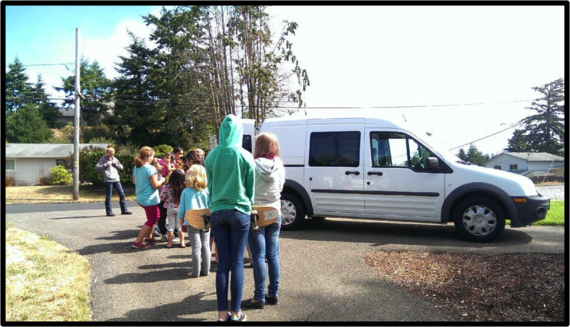
Coos Bay School District (CBSD) understands the families and the communities they serve. They are doing a great job with the parts of the program that are in their control.
Before we left to see the program in action I sat down with Diane Follansbee, who does financial administration for CBSD, and who has been the champion for summer food expansion in Coos Bay for the last few years.
AmeriCorps member Luke Rushing, who works with Diane serving meals and doing outreach said, "Diane is the reason the summer meal program exists here." She wrote the grant for the truck. She wrote a grant to the Oregon Department of Education to pay for fuel to make the trips possible, picnic tables for kids to eat at and books and jump ropes to give the kids something to do over the summer.
When she talks about summer food, her kind eyes become focused.
"Things are hard here for families," she says. She explained how most jobs are service job and are part-time and minimum wage. Fishing and timber jobs are very scarce, which is part of what makes this program so critical here.
I asked her what the kids they serve would have to eat without the program?
She replied without haste, "Nothing."
